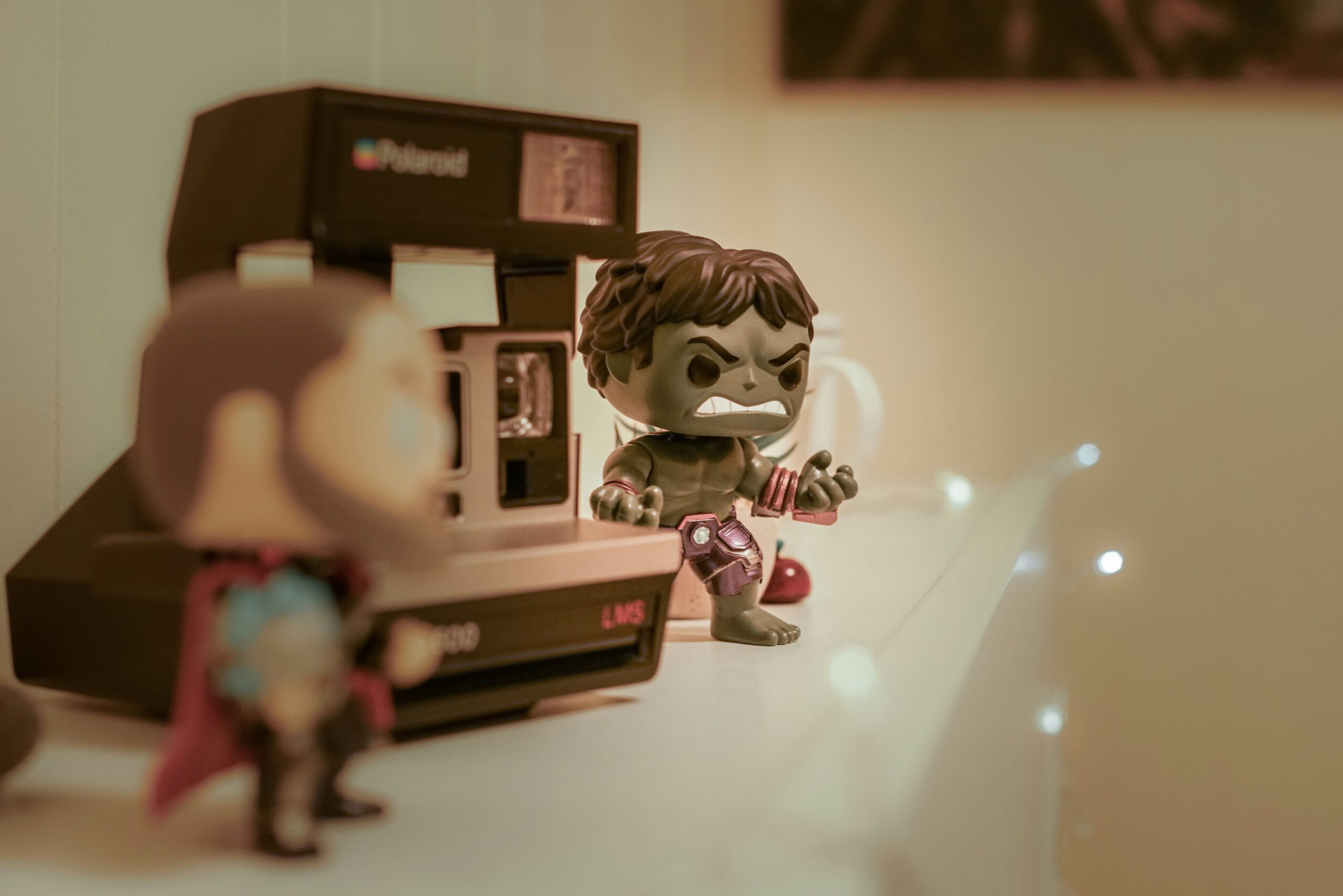Historically, trade dress protection has been afforded to the packaging and labeling of goods, but recently, courts are extending trade dress protection to the “look and feel” websites. Continue reading for a summary of trade dress protection of a website.
Material Under Copyright Protection Precludes Consideration as “Look and Feel” of Site
The “look and feel” of a website does not include material that is protected under copyright law. Protection under copyright is afforded to “original works of authorship fixed in any tangible medium of expression, now known or later developed, from which they can be perceived, reproduced, or otherwise communicated, either directly or with the aid of a machine or device.” 17 U.S.C. § 102(a). However, copyright law does not protect ideas or concepts. For example, website databases, photographs, or electronic newsletters may be protected under copyright law, but the overall website itself is not afforded protection.
What Constitutes the “Look and Feel”
Although the website itself is not afforded copyright protection, elements of the website that create the “look and feel” of the site may be afforded protection under a form of trademark law known as trade dress. As mentioned in “Trade Dress Protection,” trade dress protects the overall appearance and presentation of a product. It was developed as a mechanism to prevent consumer confusion because when a consumer purchases a certain product, they identify that product with its mark or appearance and expect a certain type of quality. Affording this type of protection allows consumers to reasonably assume that products that appear similar are from the same provider.
Since this “look and feel” protection of a website under trade dress is fairly new, it is much harder to define. The courts have recognized two layers when considering the “look and feel” of a website. These two layers include the visual design and the interface design. Combining these two layers incorporates static elements, interactive elements, and the overall style or impression. Specifically, “the ‘look’ [includes] aspects of a website’s design including the colors, shapes, layouts, and typecases.”Conference Archives, Inc. v. Sound Images, Inc., 2010 WL 1626072 (W.D. Pa. Mar. 31, 2010). The “feel” corresponds to certain dynamic navigation elements, including buttons, boxes, menus, and hyperlinks. Id.
How to Assert Protection of a Website Under Trade Dress
The two part test to assert website protection under trade dress includes:
- the claimed trade dress elements must survive copyright preemption, meaning if the elements of the site are protected under copyright law, they cannot also be afforded protection under trade dress; and
- the three-part test mentioned in “Trade Dress Protection.” According to Al-Site Corp. v. VSI Intern., Inc., to prove trade dress infringement, the plaintiff must show: (1) the inherent distinctiveness or secondary meaning of its trade dress, (2) the essential nonfunctionality of its trade dress, and (3) the likelihood of customer confusion as to its origin, sponsorship, or approval due to similarity between its and the defendant’s trade dress. 174 F.3d 1308, 1326 (1999).
Showing of Secondary Meaning Required
Unlike other trade dress claims for product packaging that do not require a showing of secondary meaning if the trade dress is inherently distinctive, case law requires a showing of secondary meaning in a website trade dress case. To learn more about how courts have recently devoted little time to classifications of product design, which historically required a showing of secondary meaning, and product packaging, which only required a showing of distinctiveness, to determine if a showing of secondary meaning is required, visit “Secondary Meaning of Trade Dress.”
To learn more about trade dress protection for a website, contact Revision Legal’s trademark attorneys through the form on this page or call (855) 473-8474.





